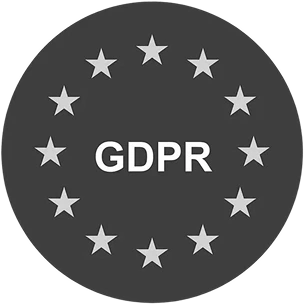In today's episode of the Support Insights Podcast we talk to Justin Rezende, Head of Support at Shopify Logistics about how he reduced reply times by over 90% at Deliverr and the specific method he uses to calculate actual transaction time on tickets.
Justin will be taking us through the important role support touchpoints play in managing client experience, and how properly calculating optimal headcount can remove the guesswork in improving client relationships - as well as the negative impact an understaffed support structure can have.
We'll also be discussing the acquisition of Deliverr by Shopify Logistics, and how staying aligned on the goal of making commerce accessible to businesses and delivering great experiences aided the transition. Plus, hear Justin's advice for anyone looking to take steps to reduce their own response times.
Watch the full episode, or read the highlights below 👇
What is the relationship like between Product and Support?
The support and product teams work very closely, in fact, a lot of how the support team is structured lines up with how the product teams are structured.
Previously at Deliverr, now Shopify Logistics, Product teams have always been structured with a functional focus, based on a specific area of the product, rather than splitting, for example, front-end engineers and back-end engineers as many organizations do.
Support teams have similar specializations with parts of the product.
This structure across both departments means that the product and support teams can have weekly or biweekly touchpoints with one another, focusing on one area of the product.
This setup allows for a direct and focused exchange of information, with Product able to communicate exactly what's coming down the pipeline in that area of the product, and Support feeding back on specific issues and trends. The teams can also align on how they can use their data to work together most effectively.
Justin explains that logistics is a very complex space, making it fundamentally unrealistic for an agent to be expected to understand all of the different focuses of the product, therefore the segmented approach of Shopify Logistics' knowledge areas allows agents to get a really deep understanding and work more closely with Product on specific areas.
How do you monitor CSAT to identify opportunities for improvement?
Justin explains that CSAT analysis is quite thorough in his department. Teams track their CSAT against goals and perform regular deep dives to understand where there are opportunities to improve customer satisfaction.
Negative scores are analysed so that teams can determine whether a fix to a specific issue, whether for an individual agent or in a larger process or product feature, will be likely to cause improvements to scores in the future, and therefore, result in happier merchants.
I would say specifically we're just really trying to distribute the problem as much as we can. So rather than one person looking at the very top of line support number for a month, having all of the team leads keeping track of that score at their team level and running these initiatives saying, 'I'm going to take my CSAT from 90% to 92% over the next three months and here's how I'm gonna get there.'
The team are also aware that CSAT scores are not always a true reflection of an agent's performance. While these surveys at the end of customer interactions are usually designed for a customer to give feedback on their agent interaction, these can sometimes be misused and scores given out of frustration about the issue itself, not the agent.
In these instances, those specific scores are classified as "frustration" - these may be brought outside of support to be analyzed with product teams to look for wider solutions to fix the merchant's frustration in future
What steps did you take to achieve a 90%+ reduction in your response times?
The main cause of long response times in support was a lack of resource.
A lot of support teams in many organizations may be in a similar position where they simply need more agents to cover the volumes of contacts coming into support, but so often budgets are restricted in support and getting sign-off for increased headcount can be hugely difficult.
Justin was able to clearly display that the support team were at a capacity bust, as not only was long response times the number one cause of frustration for merchants, it was a pain point heard throughout the organization when customers spoke to other departments, such as account managers.
The leads in support were able to help triage issues and discover which customer issues were correlating with longer responses, where the opportunities for process improvements were and where in the segmented support structure more agents were needed the most.
We had to ensure we staffed to the potential contact spikes to avoid building up these large backlogs. And how we eventually move towards getting to that better understanding really was just building out some ticket to demand forecast models and starting to hire against those staffing models versus these just kind of ticket algebra models that had been been done before.
Reach out to Thibaut on LinkedIn to learn more about turning your customer support center into a value center for your business.
Music: Savour The Moment by Shane Ivers - https://www.silvermansound.com
.svg)




.svg)





